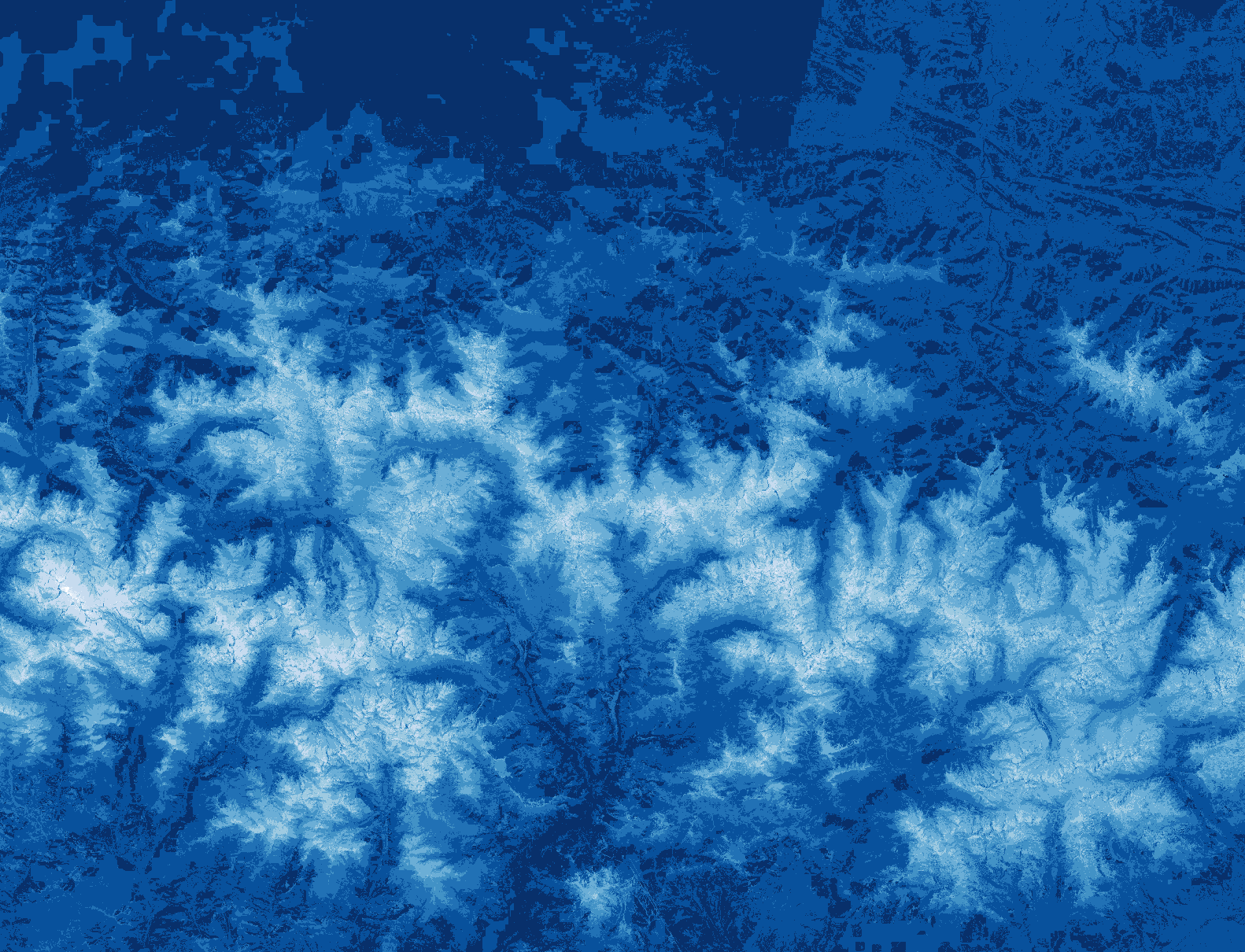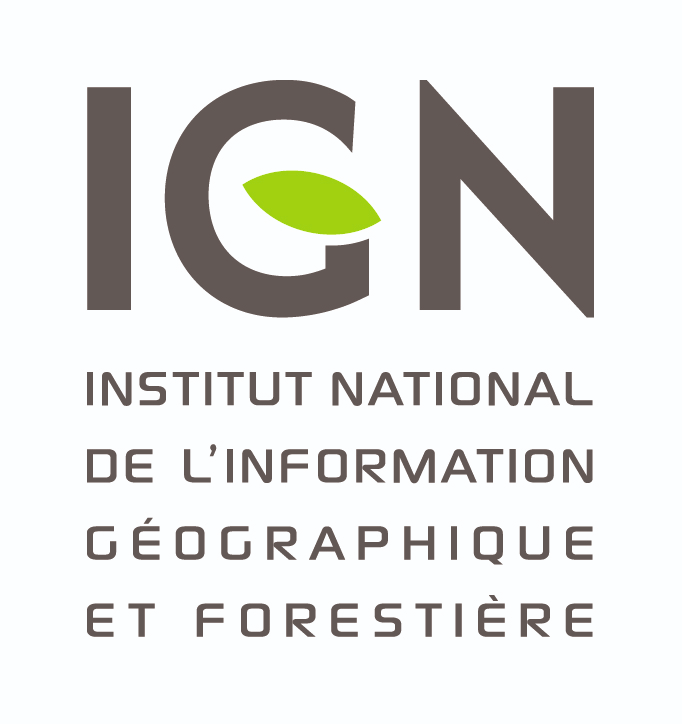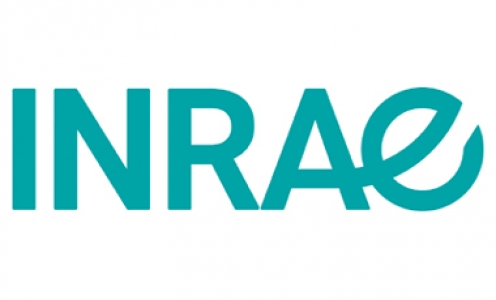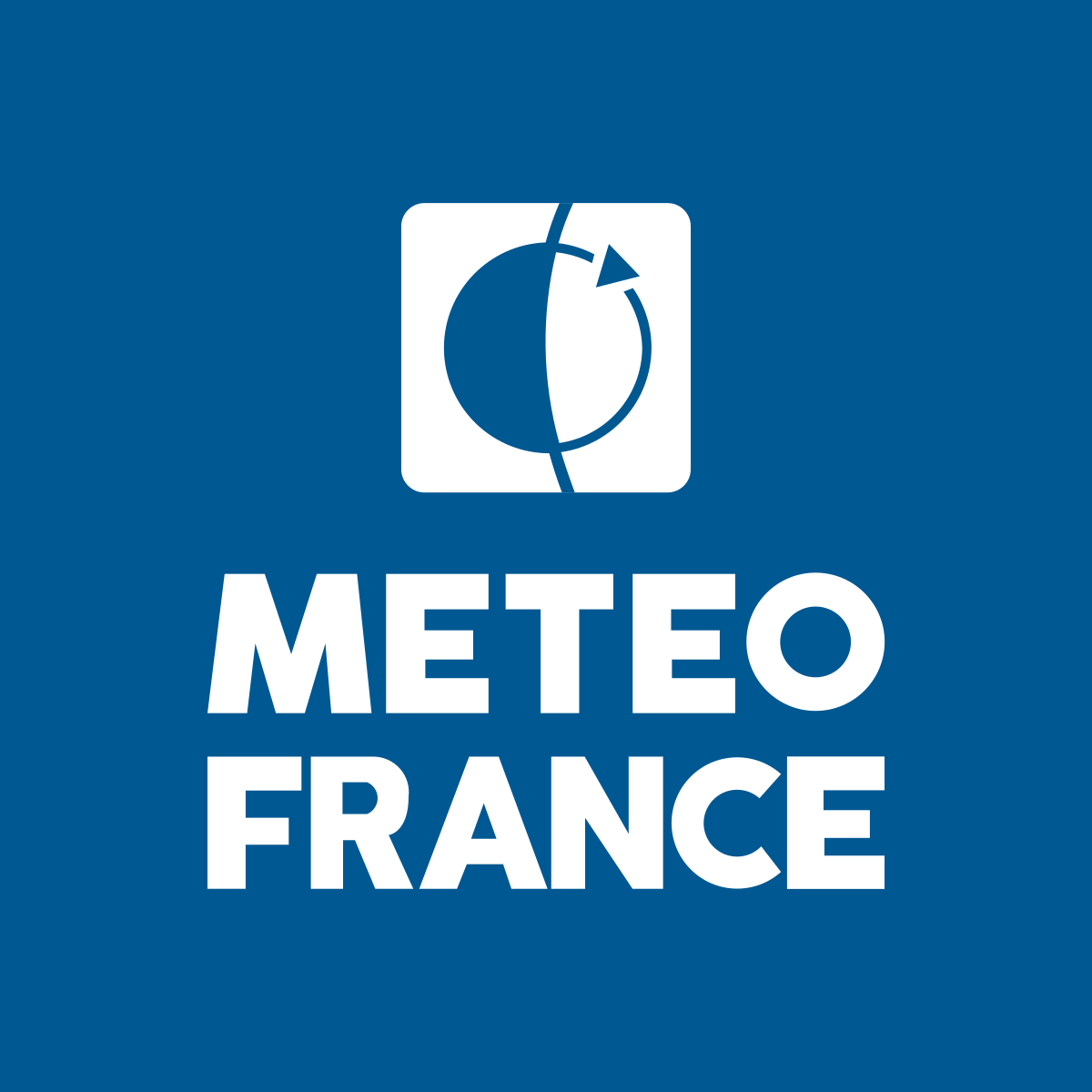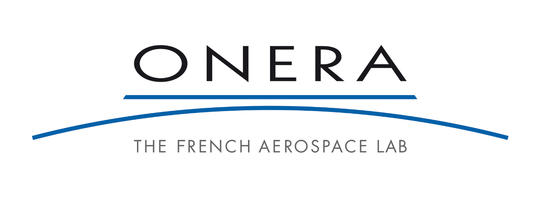Post-doctoral position (10 months) | Artificial Intelligence; Multiscale analysis
This project is multidisciplinary and focuses on the development of new non-linear multiscale Deep Learning models for super-resolution of remote sensing images of Land Surface Temperature.
Keywords
Artificial Intelligence; Neural Networks ; Inverse Modelling ; Remote Sensing ; Land Surface Temperature ; Signal and Image processing ; Multiscale analysis
Type of recruitment
10-month contract – Contract to start in 2023
Brest (29)
Context
Nowadays, several operational Land Surface Temperature (LST) products are available but limitations
remain, notably because there is still a trade-off between spatial and temporal resolutions. Thermal
sensors such as MODIS or Sentinel 3 (1 km spatial resolution) provide a high revisit (daily) and
ASTER or the LANDSAT series provide a low revisit with high spatial resolution (around 16 days at
90 m and 100 m). Consequently, upscaling the spatial resolution helps improve the data fusion
between different sensors, the generation of LST temporal series as well as a finer-scale analysis for
different applications such as the monitoring of vegetation stress, forest fires or urban heat islands
among others.
A large body of research has addressed this challenge with sharpening or disaggregation methods that
are based on statistical relationships between high spatial resolution products and LST at low spatial
resolution (Granero-Belinchon et al. 2019). However, these statistical approaches lead to limitations
such as the need of high resolution products acquired in the same area and close in time, or scale
invariant hypotheses, which are sometimes not adapted.
Inspired by the existing research at the interface between AI and remote sensing, new AI-models
continue to appear for the processing of spaceborne images, and more precisely for super-resolution
applications, notably with CNNs (Convolutional Neural Networks) and GANs (General Adversarial
Networks) (Brodu et al. 2017, Gargiulo et al. 2019).
Nguyen et al. 2022 showed that important improvements are still needed to correctly adapt CNNs for
LST super resolution to overcome the invariance scale hypothesis and the blurring effect. Thus, the
inclusion of a physical information can lead to better performances for LST super resolution.
Missions
This proposal focuses on the MODIS sensor due to the large state-of-the-art available on this mission,
the dataset already processed by the involved partners and the recent studies on this sensor dealing
with the super resolution of its LST, previously mentioned.
Following (Brodu et al. 2017) or (Gargiulo et al. 2019), a first approach consists in combining high
resolution information in the VNIR domain (NDVI for example) with coarse resolution LST to train
the model for super-resolution. We call this approach Dual image super resolution (DISR). The main
advantage of this approach is the direct use of high resolution information for upscaling LST.
For Single image super resolution (SISR), learning will be performed at degraded resolution. Thus for
example for LST upscaling from 1 km to 250 m, training will be done from 4 km to 1 km. This
strategy is commonly used when no ground truth is available at the desired resolution (in our case LST
at 250 m), see (Nguyen et al. 2022). Consequently, a scale-invariance hypothesis is assumed, i.e. the
learned model from 4 km to 1 km is valid when upscaling LST from 1 km to 250 m. However, scale invariance is not necessarily exact and so this hypothesis must be corrected. We plan to overcome it by
studying the statistical evolution of LST and reflectives indices such as NDVI across the involved
scales and different landscapes (a hundred of meters to several kilometers) in order to deduce physical
laws allowing us to correct the scale invariance hypothesis of current AI super resolution methods in
remote sensing. For doing so, LANDSAT 9 or ASTER data will be used.
Eligibility Criteria
Candidates are expected to have a PhD in Deep Learning/Machine learning with strong experience in
Neural Networks. Ideally, the candidate will have previous experience in remote sensing and would
have shown strong interest on these topics during her/his PhD or previous postdocs. Good skills in
python, pytorch, pytorch lightning are also required, as well as a background in teamwork. Previous
experience in a multidisciplinary research team will also be considered as positive.
Supervision and research team
The Postdoc will work in collaboration with Carlos Granero-Belinchon and Lucas Drumetz from IMT
Atlantique, Aurélie Michel and Xavier Briottet from Onera Toulouse, Thomas Corpetti from CNRS
and Julien Michel from CNES. Thus, the research team is composed by physicist, and researchers on
artificial intelligence, signal and image processing and remote sensing from different laboratories,
leading to a multidisciplinary project. Moreover, the postdoc will develop within the OSE research
team at IMT (https://cia-oceanix.github.io/) which is a dynamic research group on image processing
and artificial intelligence for the study of the environment.
Terms of employment
The post-doctoral position is a one-year full-time appointment starting during 2023. Gross salary will
depend on the experience of the candidate, up to approx. €35,000/year. The candidate will also benefit
from French social insurance, and will have up to 45 days of annual leave. The candidate will be able
to benefit up to 90 days of remote working per year.
The candidate will be based at the IMT Atlantique Campus (Brest) in a dynamic and stimulating
working environment at five minutes walking from the beach.
Within the framework of the ANR Chair OCEANIX the postdoc will have access to compute servers :
Datarmor and servers from OSE at IMT Atlantique.
Teaching activities at IMT Atlantique will also be proposed to the postdoc, mainly in signal
processing, computer vision and artificial intelligence. These actvities, which imply an additional
salary, will not be mandatory.
Contact
Questions, CV and motivation letter are to be sent to : carlos.granero-belinchon@imt-atlantique.fr.
References
- N. Brodu, “Super-Resolving Multiresolution Images With Band-Independent Geometry of Multispectral Pixels,” in IEEE Transactions on Geoscience and Remote Sensing, vol. 55, no. 8, pp. 4610-4617, Aug. 2017, doi: 10.1109/TGRS.2017.2694881.
- Gargiulo, M.; Mazza, A.; Gaetano, R.; Ruello, G.; Scarpa, G. Fast Super-Resolution of 20 m Sentinel-2 Bands Using Convolutional Neural Networks. Remote Sens. 2019, 11, 2635. https://doi.org/10.3390/rs11222635.
- Carlos Granero-Belinchon, Aurelie Michel, Jean-Pierre Lagouarde, José Antonio Sobrino, Xavier Briottet. Multi-Resolution Study of Thermal Unmixing Techniques over Madrid Urban Area: Case Study of TRISHNA Mission. Remote Sensing, MDPI, 2019, 11 (10), pp.1251. ⟨10.3390/rs11101251⟩.
- Binh Minh Nguyen, Ganglin Tian, Minh-Triet Vo, Aurélie Michel, Thomas Corpetti, et al. Convolutional Neural Network Modelling for MODIS Land Surface Temperature SuperResolution. 30th European Signal Processing Conference (EUSIPCO), 2022, https://hal.archives-ouvertes.fr/hal-03580148v2.



